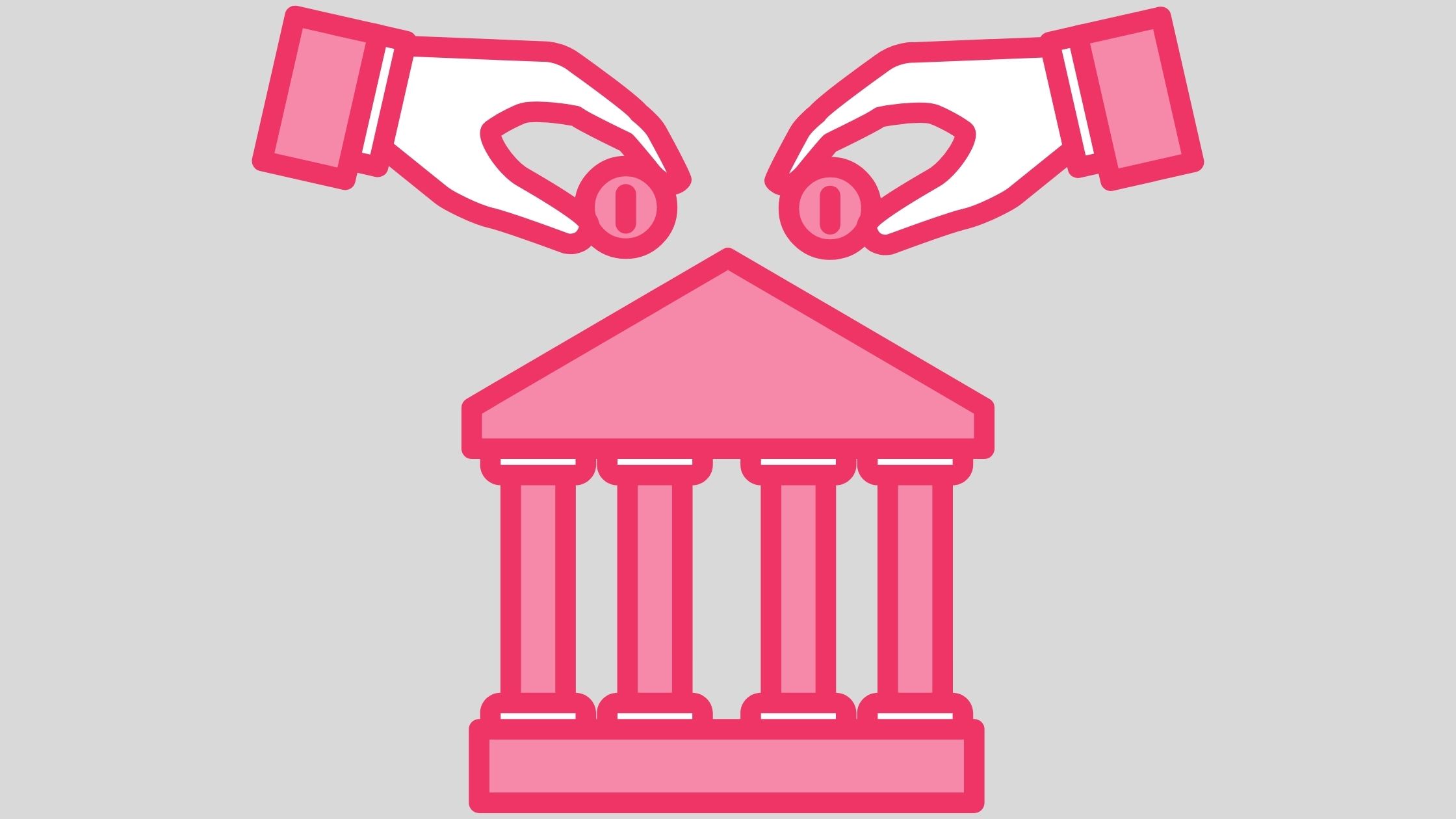Why Do We Think Library Services are Free?

I was in the library’s media lab helping a patron with Microsoft Publisher, and I recommended she learn how to use Publisher with an online course provided through the library. My co-worker chimes in, “and the best part is that it’s free!” I frowned and said, “it’s not free. It’s paid for with your tax dollars.” I am beginning to believe that how we think about public library services as free directly impacts how public libraries don’t get funded.
This idea that “public libraries are free” sounds very enticing and makes a great soundbite, but it’s not true. Public libraries are paid for by their community in order to create services for said community. I have worked for independent libraries supported by local municipalities, city-employed public libraries paid for with millage, and county wide systems, also supported by tax dollars. In addition, every library was supplemented with federal funds and every library struggled financially to meet the needs of their patrons. The reality is that tax dollars are spread thin and every government department has to struggle to get enough funds.
In addition to its original purpose of providing information to the public, public libraries are now expected to provide early literacy and school readiness programs, free computer and Wi-Fi access, and digital literacy programs. In fact, many patrons come to the library specifically because another government agency requires them to fill out online forms and they are told that the library will help them do that. This creates an expectation of on-demand hand holding through complicated government sites with no guarantee that the public librarian knows the website either, with patrons who are dependent on getting these government services.
When we say that library books, programs, and services are free, we are hiding the costs that these essential services incur. They are not free. Most taxpayers do not understand how much public libraries pay in order to provide services. Paper books can be cheap, as can DVDs, but databases and eBooks are very expensive and are becoming increasingly more expensive. Many services need employees to manage and the master’s degree necessary for most librarian level positions is not inexpensive. Keeping staff trained on the latest technologies, and being able to provide theses services for the public to learn on, takes both an investment into employees as well as to physical inventory. This disassociation between the actual costs of providing services and the pervasive library = free mentality keeps tax payers from understanding how much it costs to provide these services.
Communities invest in libraries and save money by supporting publicly owned services that can be shared. A public library is one of the best investments that a community can make. In 2019, the International Federation of Library Associations (IFLA) compiled ten years of return on investment (ROI) data from public libraries and determined that, while the methods varied, the results consistently demonstrated the value a public library has to their community. The ability to talk about a library’s value in dollar amounts has become so essential that the American Library Association (ALA) has included an ROI calculator on their website so that librarians can use exact dollar amounts when they beg government bodies for enough funding.
Nothing is free at the public library. So let’s be clear and upfront in sharing how the library is funded and the return on investment the library offers. We can change staff mindsets and community member’s perceptions by showing what a smart investment they are making in and for their communities, via their tax dollars.












